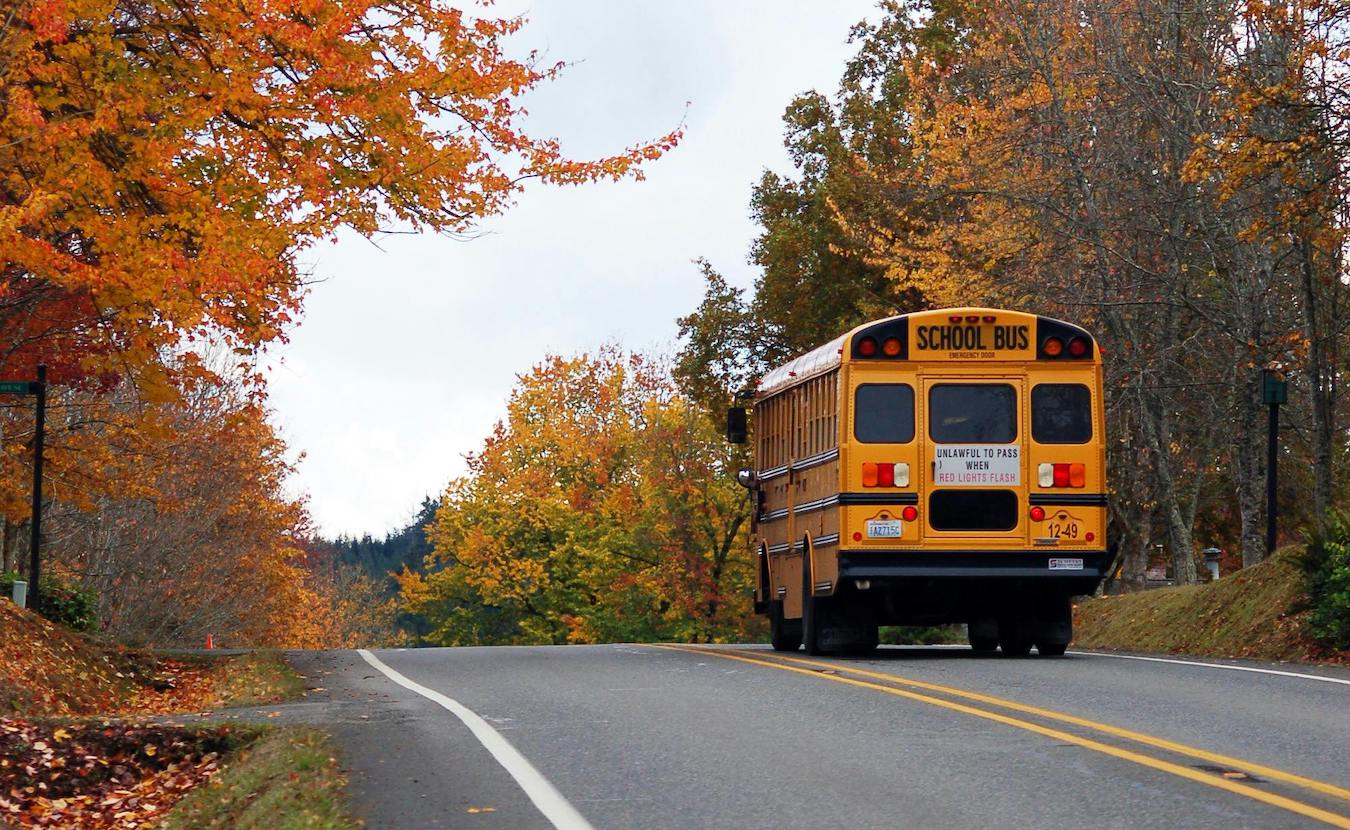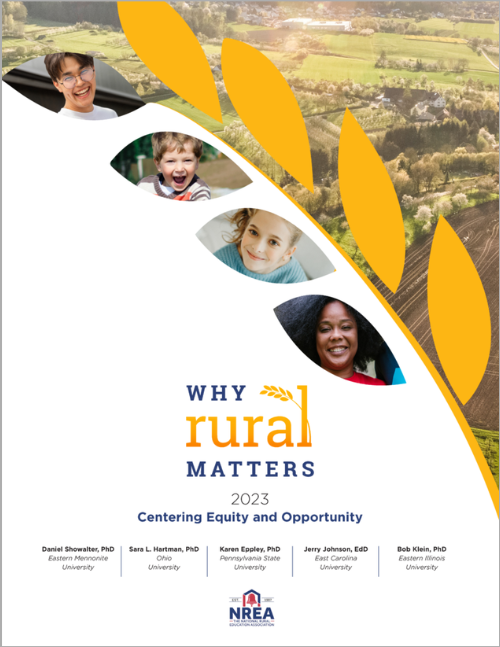Editor’s note: “School Matters” is a new Limestone Post column by journalist Steve Hinnefeld that will cover local and regional education. Read more of his education coverage at the website InSchoolMatters.
Public schools are the heart and soul of rural and small-town life in Indiana. They are centers for community activity, sources of local pride, and more. But the state hasn’t been doing a good job of supporting its rural schools, according to a recent report.
Indiana ranks near the bottom of the states for policies that strengthen rural education and for support for the learning and development of rural students, according to “Why Rural Matters 2023,” a report by the National Rural Education Association. And that’s important, not only for rural schools and students but for the state, said Chris Lagoni, executive director of the Indiana Small and Rural Schools Association.
“We have the eighth-largest rural student population in the nation, over a quarter of a million students,” he said. And rural schools and their graduates “feed the jobs machine” of urban areas.
The report ranks states according to how urgently their rural schools need attention, with a low number signaling that improvement should be a high priority. “You don’t want to be in the top ten,” Lagoni said.
But we almost are. Indiana ranks No. 11 for urgency. It’s about average in ratings of rural diversity, educational outcomes for rural students, and the percentage of schools and districts that are rural. But it’s third worst at providing support and services for rural students. And it’s No. 1 — at the bottom — in the “educational policy context” for rural schools.
The policy category includes areas such as education spending, staff salaries, and transportation funding obligations, and Indiana ranks low because of its inadequate funding of rural schools. It spends only $5,582 per pupil for instruction of rural students, the report says, ahead of only Idaho, Mississippi, Florida, and Alabama and compared to a national average of $7,174. (Most data are from 2021–22).
In the category of support for student learning and development, Indiana stands out for having a ratio of 501 rural students for every school counselor and psychologist, second-highest rate in the country. But that’s not exclusively a rural problem: Statewide, Indiana has 694 students per counselor, according to the American School Counselor Association. Indiana also does poorly for rural students lacking health insurance: 9.4 percent, the seventh highest rate in the country.
Lagoni traced rural schools’ funding woes back a decade, to the Great Recession and the impact of “property tax reform” that shifted most funding of school operating costs to the state. There was an implicit deal, he said, that state funding would offset the loss of property tax revenue. But it hasn’t.
“Indiana has not been able to keep up with where we were in early 2000s,” Lagoni said.
Instead of consistently raising state funding, Indiana has leaned on school districts to ask voters to approve property-tax referendums to provide extra support. That’s worked in some urban and, especially, in suburban schools, but it’s been a non-starter for tax-averse rural districts. Meanwhile, Indiana has cut the education funding pie into more pieces. It funds a growing charter school sector, and it has created a nearly universal private-school voucher program that’s expected to cost $1.1 billion over two years.
“That’s the same as inviting more people over for Sunday dinner,” Lagoni said.
“Why Rural Matters 2023” notes that most rural students in Indiana attend large or midsize school districts; only 4 percent of districts are classified as “small.” That seems to fly in the face of arguments that Indiana has too many small school districts that are inefficient to operate. The Indiana Chamber of Commerce is pushing for consolidation of districts with fewer than 2,000 students, although the Legislature seems unlikely to take on that issue during the current session.
Lagoni points to an apparent double standard. Nearly half of Indiana’s charter schools have fewer than 300 students. Yet the Chamber has encouraged increasing the number of charter schools, most of which operate independently with their own central offices.
The Indiana Small and Rural Schools Association doesn’t oppose school district consolidation, Lagoni said, as long as it’s voluntary.
“There’s nothing wrong when communities want to consolidate,” he said. “The state should give them tools and resources to do so.”



